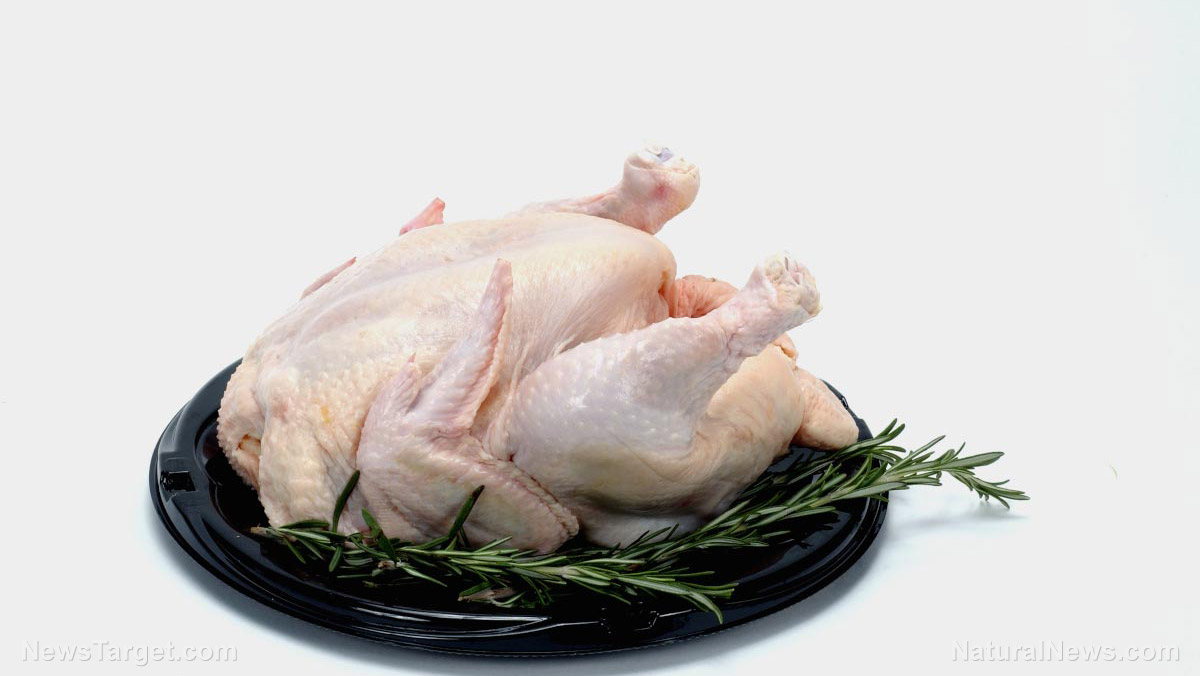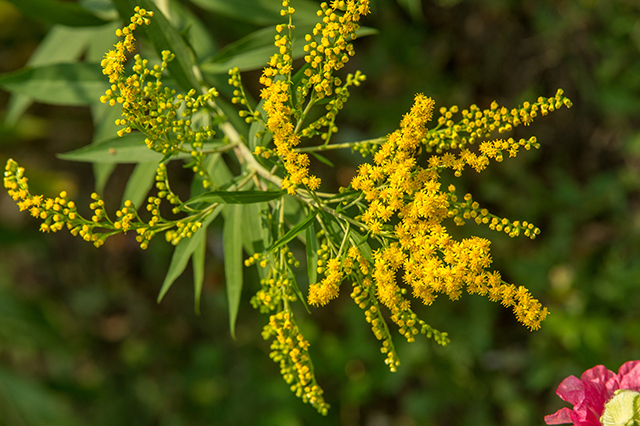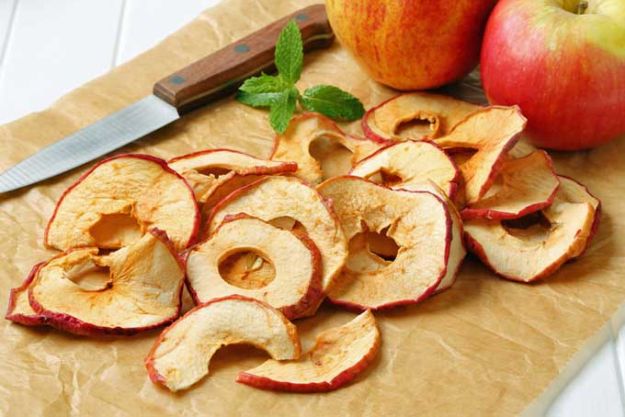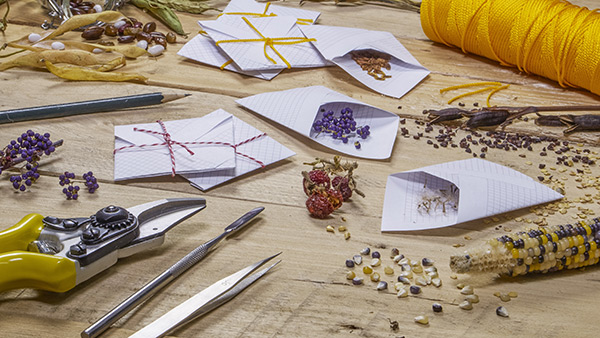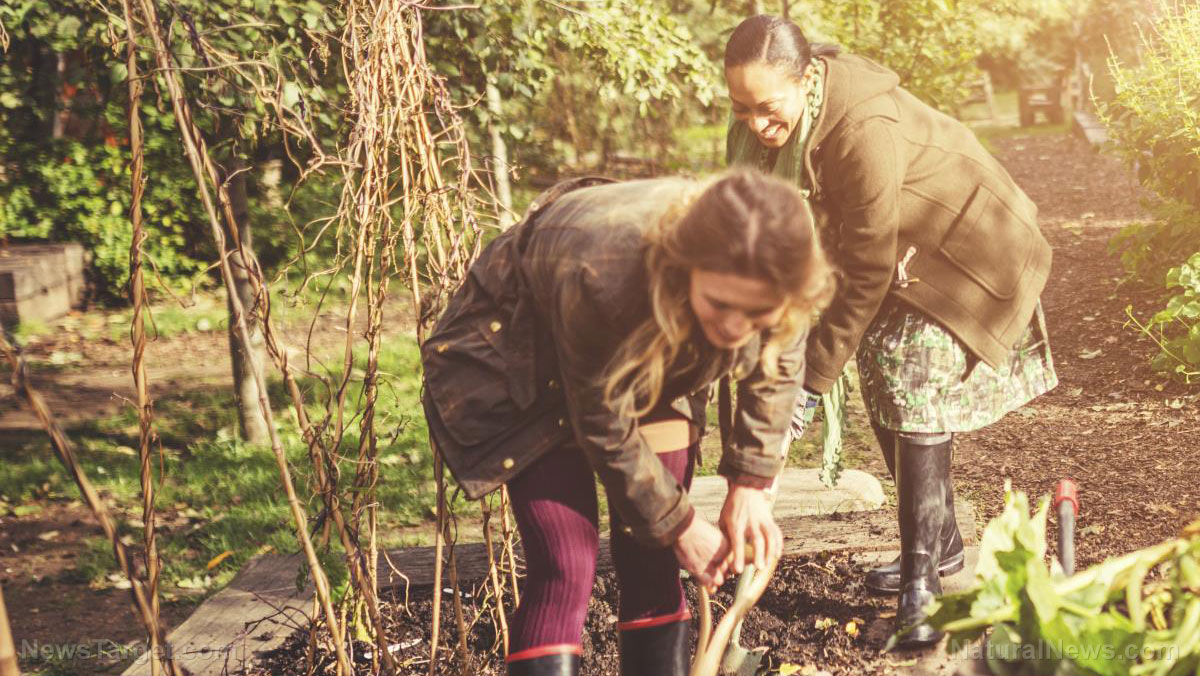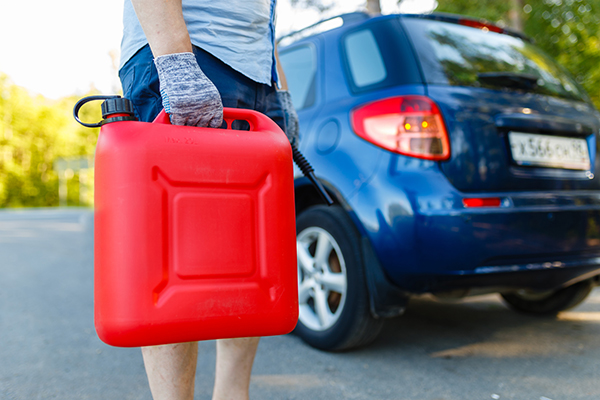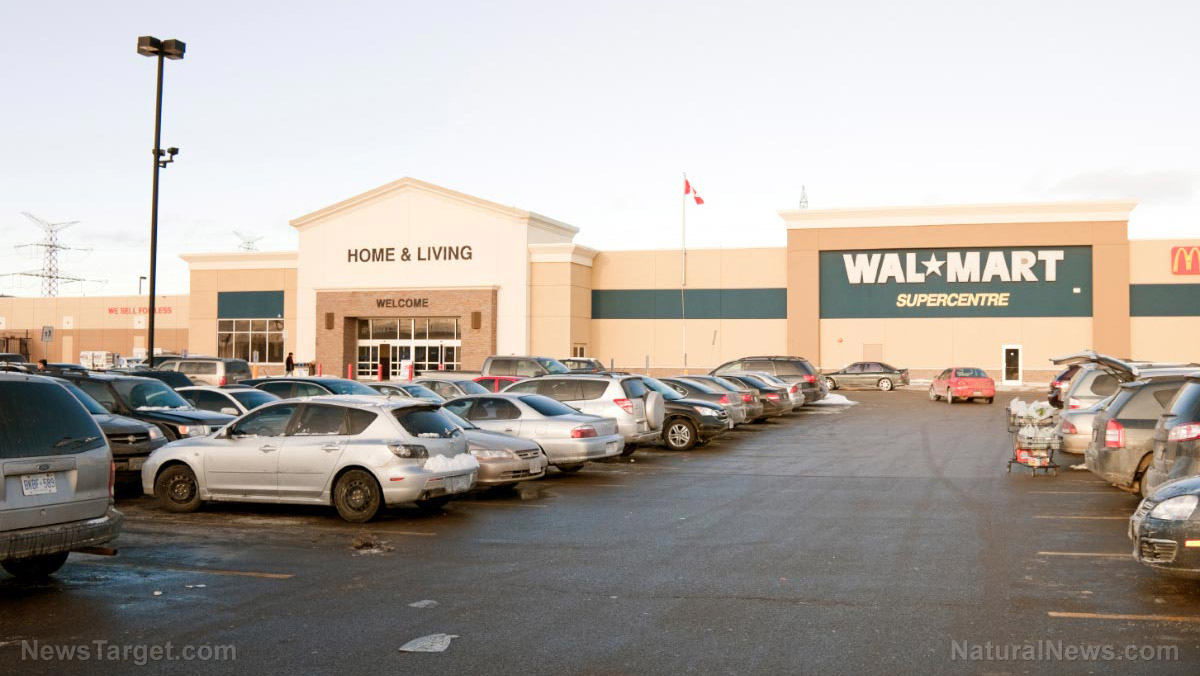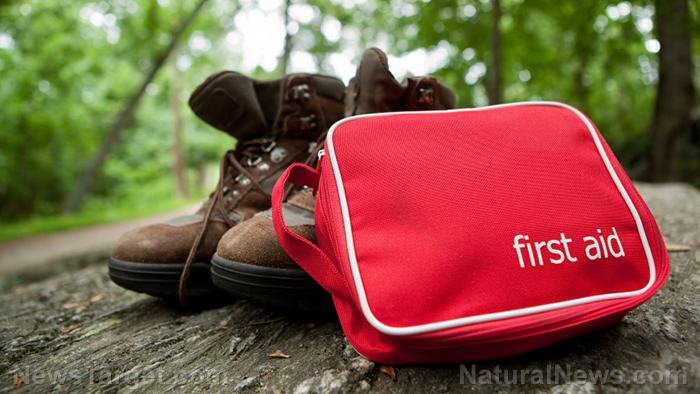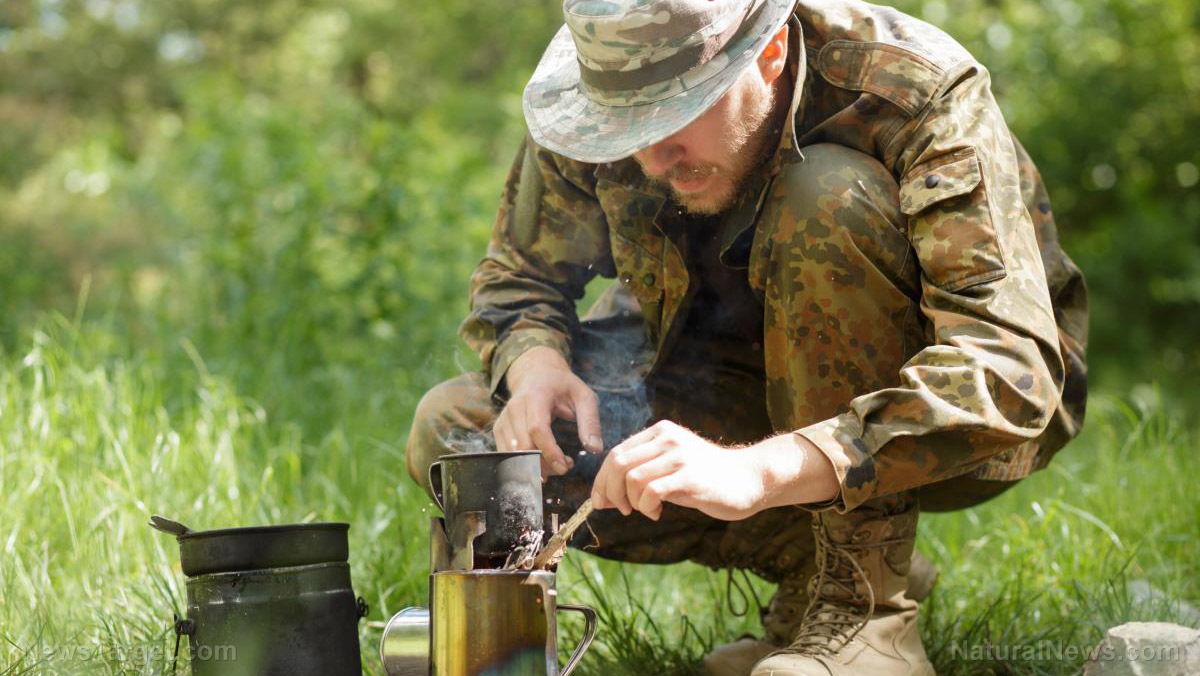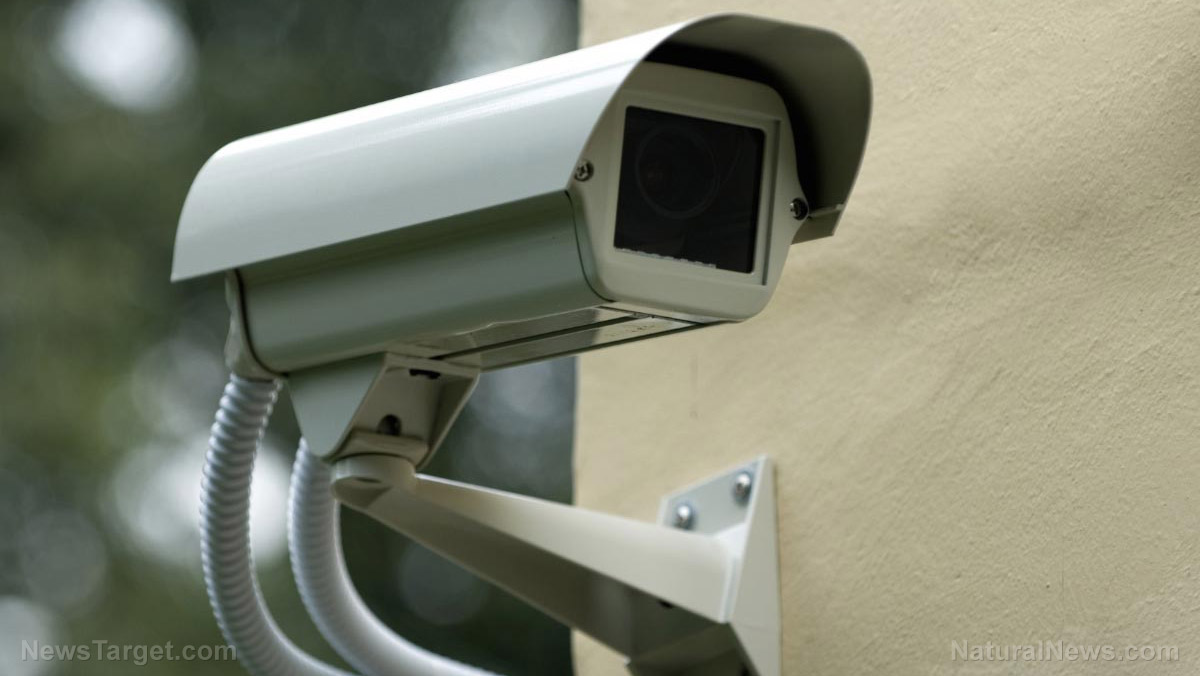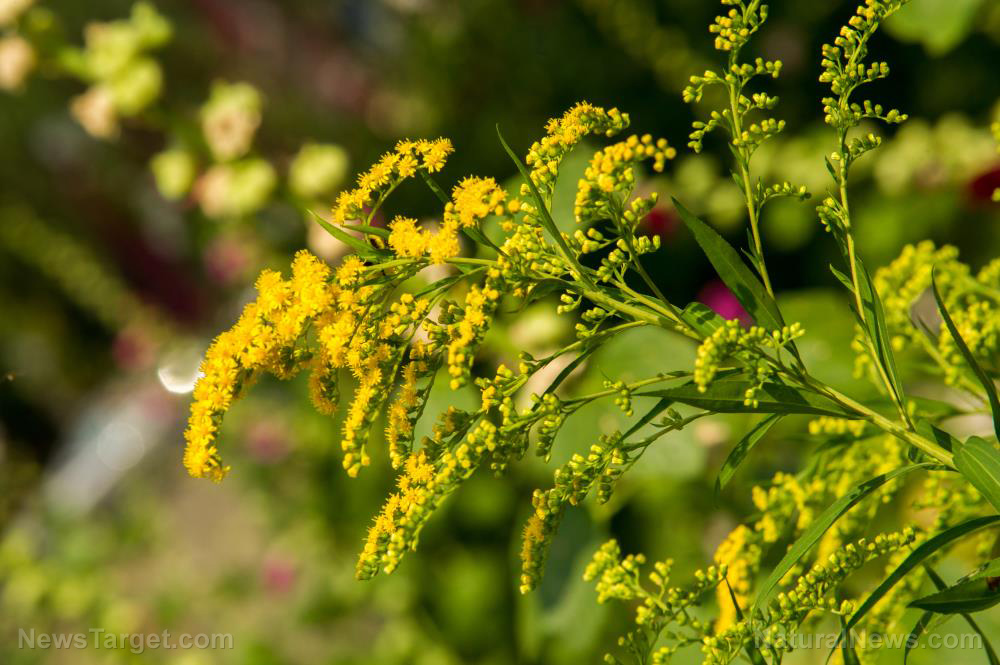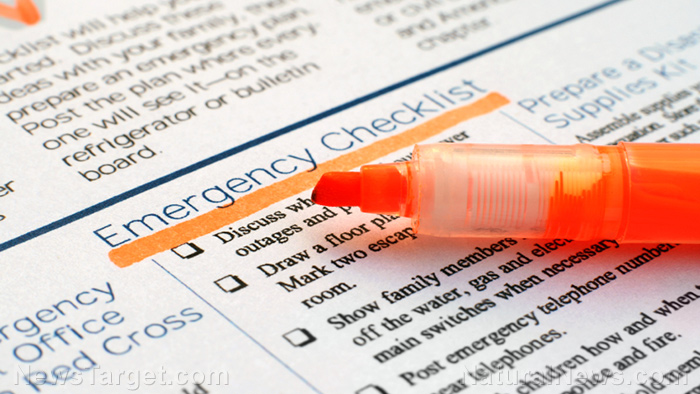Remain self-sufficient during the coronavirus pandemic by growing vegetables in buckets
05/15/2020 / By Zoey Sky
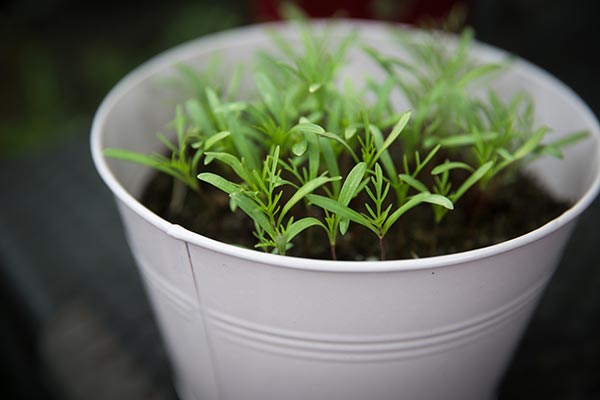
These days, more and more people are worrying about where to find food for their families, particularly those who have lost their jobs as continues to spread across the globe. If you want to ensure that your loved ones have access to food amid this pandemic, start a bucket garden and plant vegetables.
Using this method, you can harvest fresh produce even if you don’t have enough space for a larger garden.
Bucket gardens for fresh veggies
Five-gallon buckets are cheap and readily available. If you’re on a tight budget, bucket gardening is a simple and affordable way to be more self-sufficient.
Here are several reasons to start a bucket garden:
- Food grade buckets are cheap and readily available – You can either reuse old food grade buckets or purchase them brand new.
- Buckets are big enough for certain crops – One five-gallon bucket can hold enough soil to grow a healthy plant.
- Buckets take up less space – Bucket gardening is an ideal option for urban gardeners who want to grow their own food but are restricted to a small living space.
- A bucket garden requires less weeding – With a five-gallon bucket, you can eliminate the need to weed, till and prepare the ground for planting.
With a bucket garden, you can grow as many vegetables as you want. You can place the buckets close together to make them easier to water and to get maximum sunlight for each plant as the seasons change.
As winter draws closer, you can protect the plants in your bucket garden by covering them with burlap, tarps, or old blankets. If you have space inside your home, bring your veggie buckets indoors.
What to grow in a bucket garden
Here are some of the best vegetables to grow in five-gallon buckets.
Beans
Bush bean varieties are rich in protein and they grow very well in buckets. Beans are nutritious and filling, making them a must-have in any prepper’s bucket garden.
Carrots or radishes
You can plant up to 10 carrots or radishes in each bucket if the soil in the bucket is at least a foot deep. Radishes grow quickly and take up less space.
Cucumbers
Refreshing cucumbers will also thrive in a bucket garden. (Related: Gardening 101: Ten crops you can grow in buckets throughout the year.)
Eggplants
Plant one eggplant per bucket to allow for more than one foot of space for growth.
Onions
Different onion varieties suit bucket gardening. Fill each bucket with six inches of soil.
Use a tablespoon to sprinkle seeds on the top of the bucket, then cover the seeds with 1/4 to 1/2 inches of soil. When planting larger onion varieties, plant four to five per five-gallon bucket.
Potatoes
Potatoes self-generate so your supply will never be depleted if you take care of the plant properly. Potatoes grow well in any soil type. However, they will thrive in nitrogen-rich soils, so it’s best to plant clover atop your potato crop.
Clover naturally gathers nitrogen from the air, passes it via the root system and into the soil to nourish your potatoes.
Tomatoes
Give tomatoes primary and secondary staking to keep the stem strongly secured for weight support. Grow only one plant per bucket.
Water and fertilize your tomatoes to help them grow big and strong.
A guide to growing vegetables in five-gallon buckets
Drill water drainage holes
Growing plants in buckets without proper drainage will choke and kill your crops. Before you start your garden, you need to drill water drainage holes at the bottom of the buckets to allow for the free movement of water from top to bottom and to drain any excess water.
Use a 1/2-inch drill bit to drill four evenly distributed holes at the bottom of each bucket. Drill four more holes one inch above the base bottom of each bucket to help drain water out quickly during torrential downpours or if some of the holes at the bottom are blocked.
Use the right materials for proper drainage and to conserve the soil
Using drainage material prevents blockages to the holes at the bottom of your buckets. Additionally, drainage material prevents the soil inside your bucket from being washed away with the drained water.
Use drainage material like lightweight hardwood bark nuggets, small rocks or gravel to give each bucket a compact, loose edge that facilitates passage of air and water through the open spaces between them.
Fill the buckets with the right kind of soil
After you prepare the buckets, add soil that suits the vegetables you want to grow. Use materials like perlite or vermiculite to help retain water.
Prepare soil properly to make it light and fertile. Don’t use garden soil, which won’t work with a bucket garden since it’s too heavy and doesn’t drain well. Plants also have a hard time extracting nutrients from garden soil.
It’s best to add organically prepared potting soil to your bucket as it is light and packed with nutrients.
Support the plants in your bucket garden
Big and heavy vegetables like tomatoes require proper support so they can stand straight. Use stakes or relocate your buckets to fences or trellis that will support your heavier plants.
Follow the tips above to start growing your own vegetables in a bucket garden so you can remain self-sufficient amid these uncertain times.
Sources include:
Tagged Under: bucket gardening, container gardening, emergency food, food collapse, food independence, food supply, gardening tips, green living, home gardening, homesteading, indoor gardening, organics, outbreak, pandemic, preparedness, prepping, self sufficiency, self-reliance, starvation, survival, survival food, sustainable living, vegetable garden, vegetables
Get independent news alerts on natural cures, food lab tests, cannabis medicine, science, robotics, drones, privacy and more from NewsTarget.com
Get independent news alerts on natural cures, food lab tests, cannabis medicine, science, robotics, drones, privacy and more from NewsTarget.com
RECENT NEWS & ARTICLES
COPYRIGHT © 2017 · SURVIVAL NEWS

